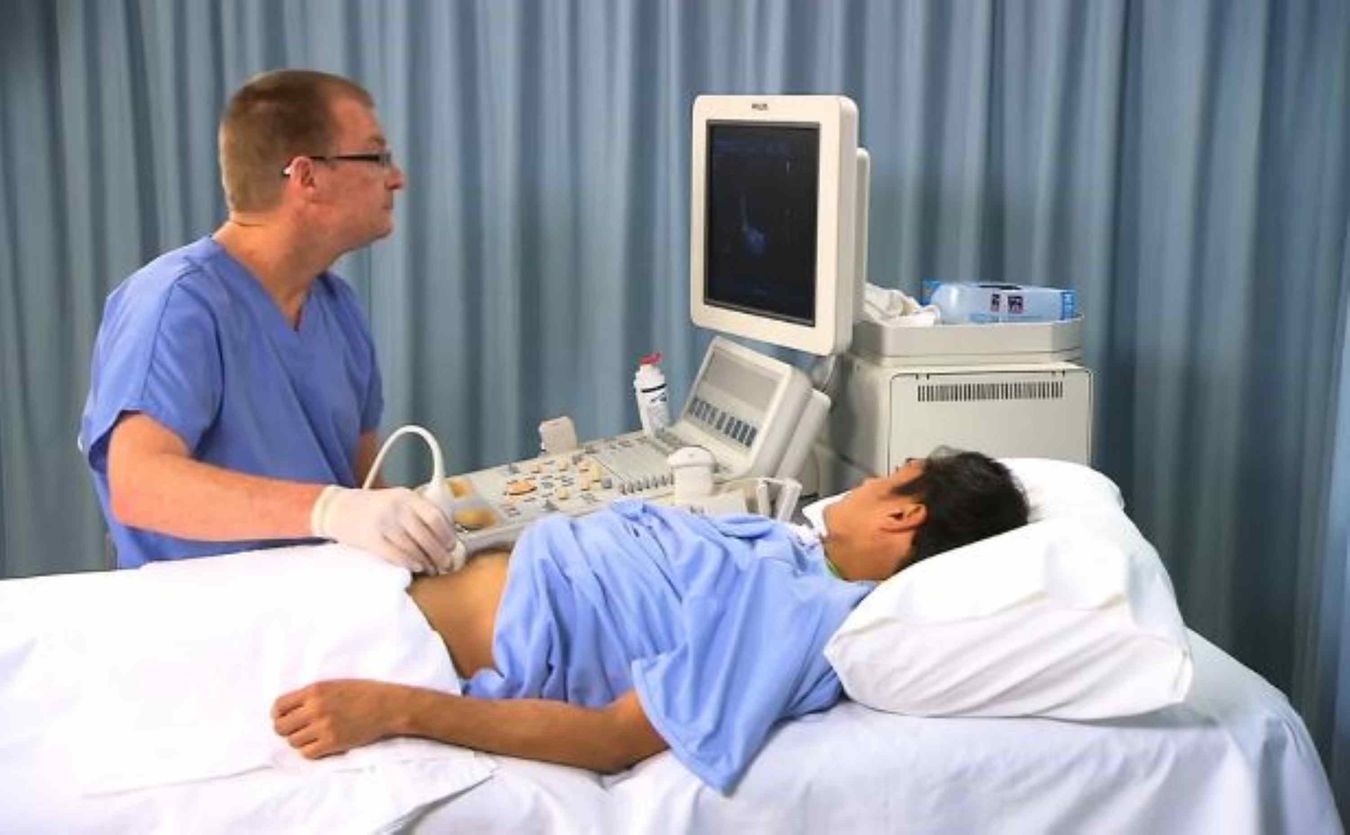Summary
A thyroid ultrasound is a valuable diagnostic tool for evaluating the thyroid gland, a butterfly-shaped organ in the neck that plays a vital role in regulating metabolism and other body functions. This non-invasive imaging technique has become the primary method for assessing thyroid health to aid in the diagnosis and treatment of thyroid disorders. In this article, we will explore the diagnostic evaluation of the thyroid using ultrasound.
Indications for thyroid ultrasound examination:
Thyroid nodules:
One of the most common reasons for a thyroid ultrasound is to evaluate thyroid nodules, which are abnormal growths or lumps on the thyroid gland. Ultrasound helps determine the size, location, and characteristics of these nodes.
Goiter:
Thyroid ultrasound can be used to evaluate goiter, thyroid enlargement, size, and characteristics. This is useful in determining the cause of goiter, such as iodine deficiency or autoimmune diseases.
Detecting thyroid cancer:
Thyroid ultrasound is key in detecting signs associated with thyroid cancer, including nodular irregularity or microcalcification and evaluation of possible lymph node metastases.
Advantages of thyroid ultrasound:
Non-invasive:
Thyroid ultrasound is a non-invasive procedure that does not involve radiation, so it is safe for repeat examinations.
Live imaging:
It provides real-time images that allow immediate assessment of the size, shape, and internal characteristics of the thyroid gland.
Guided Biopsies:
Ultrasound-guided fine needle aspiration (FNA) biopsies are often performed to obtain tissue samples from suspicious nodules to help diagnose thyroid cancer.
A thyroid ultrasound usually provides the following information:
Thyroid gland size:
Ultrasound helps measure the thyroid gland and its size and assess whether it is within normal limits or enlarged.
Characteristics of nodules:
Thyroid nodules are characterized by their size, shape, echogenicity (sound wave reflection), and microcalcification. Certain signs may raise suspicions of a malignant tumor.
Blood flow:
Doppler ultrasound can be used to assess blood flow in the thyroid gland and nodules. Increased blood flow can be a sign of inflammation or overactivity.
Cystic or solid:
Ultrasound differentiates between cystic and solid thyroid nodules. Cystic nodules are usually benign, while solid nodules may require further evaluation. Thyroid ultrasound plays an important role in the early detection of hypothyroidism and the accurate diagnosis of thyroid cancer. This guides healthcare professionals to determine whether a nodule is benign or malignant and helps develop appropriate treatment plans. Because of its safety, accuracy, and real-time imaging capabilities, thyroid ultrasound is a cornerstone of thyroid diagnosis, improving patient care and outcomes.










